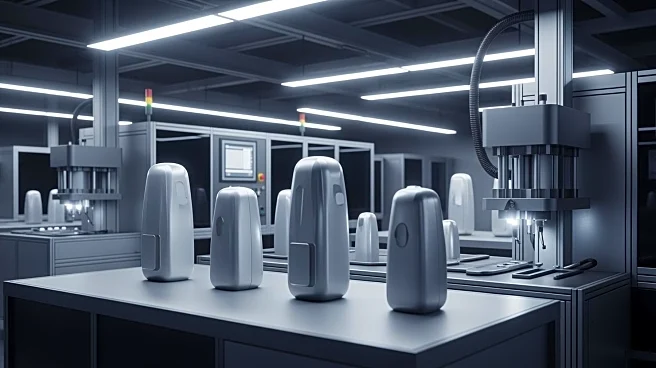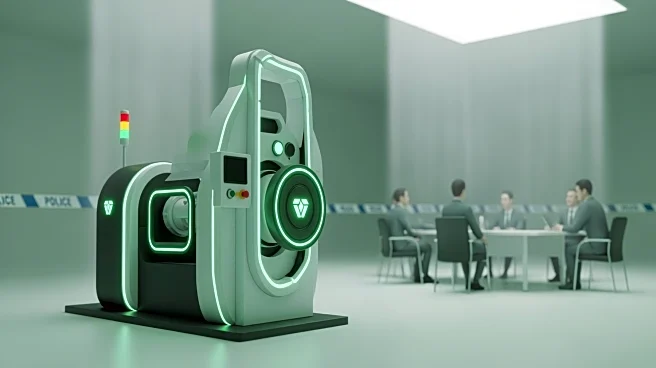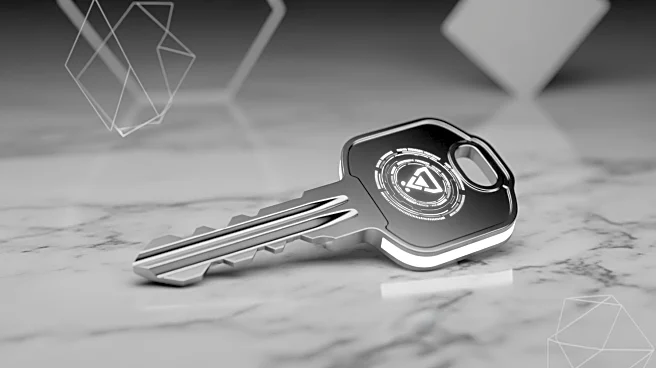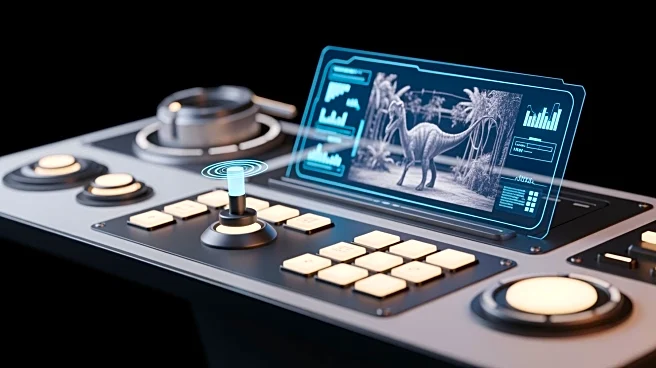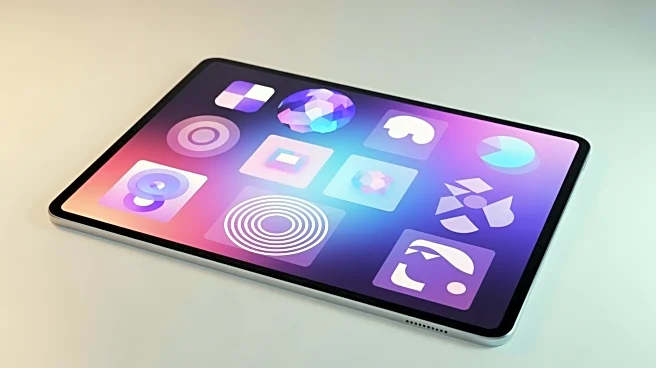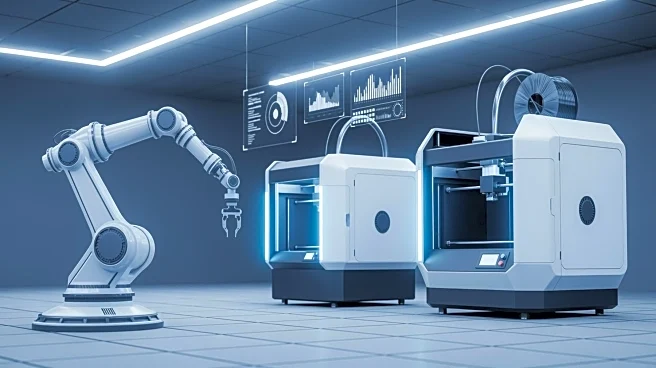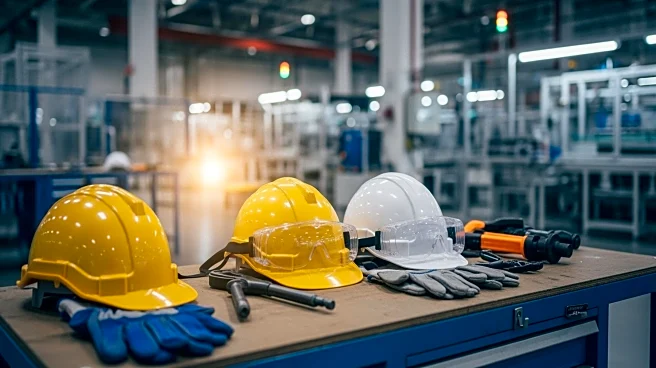What's Happening?
A detailed comparison between industrial design and product design highlights the distinct roles each plays in the creation of mass-produced products. Industrial design is characterized by its focus on the aesthetic, functional, and manufacturable aspects
of products, ensuring they are viable for large-scale production. This involves a deep understanding of manufacturing techniques, material properties, and cost efficiency. In contrast, product design prioritizes user interaction, focusing on usability and user experience. Product designers often specialize in user research, digital prototyping, and interface design to enhance the user's interaction with the product.
Why It's Important?
Understanding the differences between industrial design and product design is crucial for businesses aiming to optimize their product development processes. Industrial design's emphasis on manufacturability ensures that products can be produced efficiently at scale, which is vital for maintaining cost-effectiveness and design integrity. Meanwhile, product design's focus on user experience can lead to innovations that improve product functionality and customer satisfaction. By integrating both approaches, companies can create products that are not only aesthetically pleasing and functional but also resonate with consumers on a personal level.
What's Next?
Companies may consider adopting a hybrid approach that leverages the strengths of both industrial and product design. This could involve cross-disciplinary teams that combine expertise in manufacturing processes with insights into user experience. As businesses strive to meet consumer demands for both functionality and aesthetic appeal, the collaboration between industrial and product designers could become increasingly important. This approach may also drive innovation in product development, leading to new solutions that address both manufacturing challenges and user needs.
